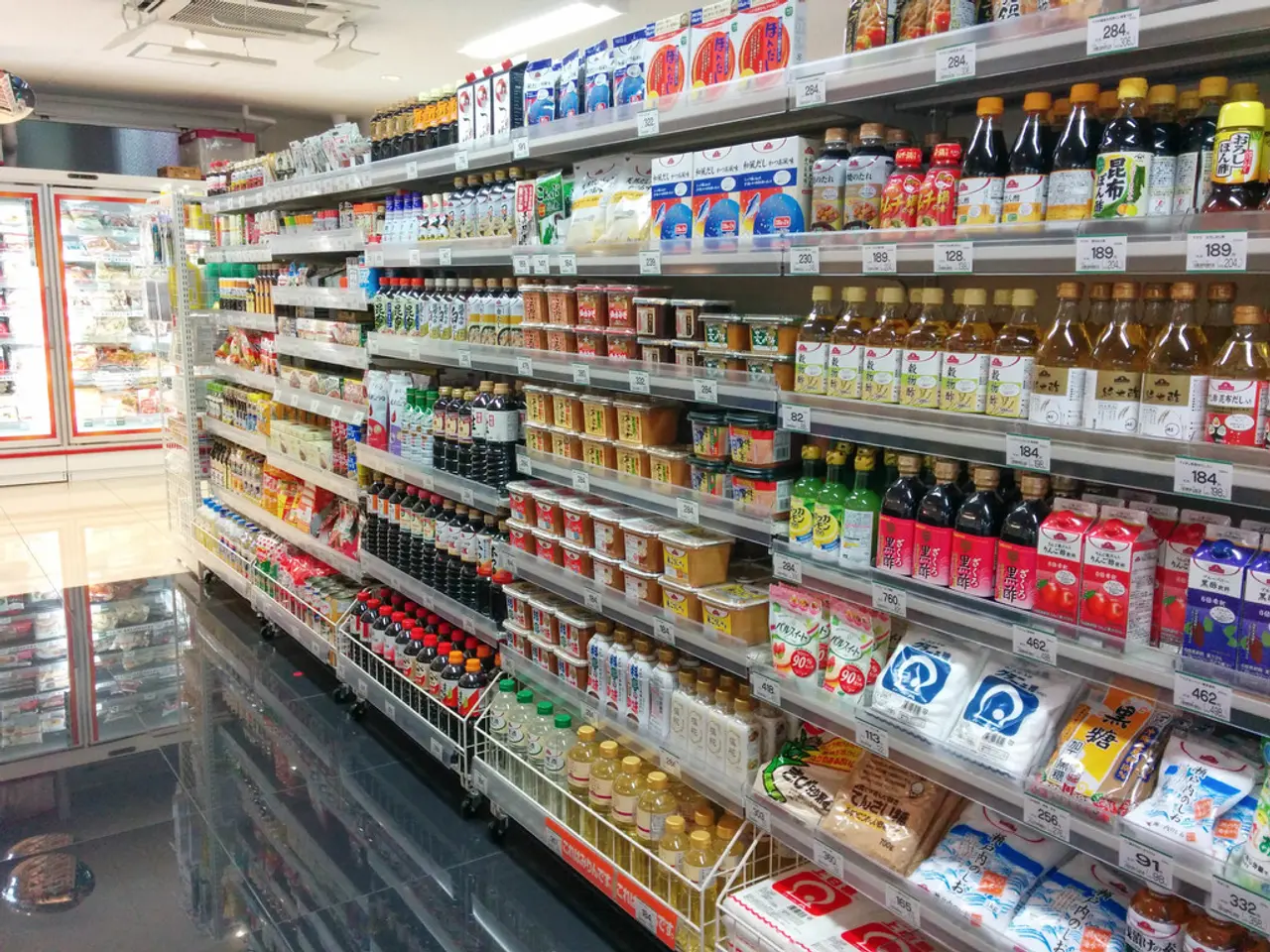Unprecedented setbacks for the construction of the North Baltic Canal
The Kiel Canal, one of Europe's busiest waterways, has experienced a significant drop in traffic over the past decade, according to recent data from the General Directorate of Waterways and Shipping (GDWS).
The analysis of traffic statistics for the canal is still ongoing, but preliminary findings suggest strong declines in the quantities of cargo carried and the size of the ships using the waterway. Repairs to the damaged areas of the canal are underway, and a speed limit of 12 km/h remains in effect due to ongoing construction work.
Several factors contribute to this decline. Changes in global trade patterns and economic conditions, such as the global financial crisis and shifts in trade routes, have impacted the volume of cargo passing through the canal. The rise of alternative shipping routes and the expansion of ports in other regions may also reduce reliance on the Kiel Canal.
Stricter environmental regulations and increased costs associated with compliance could deter some shipping companies from using the canal. Additionally, changes in fuel prices and emissions standards can impact the economic viability of certain routes.
Logistical issues, such as lock scheduling and maintenance, can affect the efficiency of the canal, influencing shipping companies' decisions on whether to use the canal. Shifts in geopolitical priorities and tensions can also influence maritime trade routes and the use of strategic waterways like the Kiel Canal.
The presentation of all traffic data for the Kiel Canal, including the quantities of cargo carried and the size of the ships, is eagerly awaited. If the expansion of the canal, if completed as planned, increases its attractiveness to shipowners, the decline in traffic could potentially be reversed.
Jens-Broder Knudsen, chairman of the Initiative Kiel Canal, suggests that the completion of the canal expansion and the lifting of the speed limit could make the Kiel Canal more attractive to shipowners again. However, according to Jan Klein of the UCA United Canal Agency shipbrokerage firm, reliability plays a significant role in the decision for the Kiel Canal.
In January 2025, the figures have not shown any signs of a trend reversal in the declining number of ships. In 2022, the Kiel Canal saw a decrease in ship passages for the first time since 1945, with fewer than 25,000 ships passing through. There is also a threat of a three-month closure of a lock chamber in Brunsbüttel in May for the renewal of rails for the gate bogies of a sliding gate.
In 2014, there were still 32,600 ships passing through the Kiel Canal. The future of the canal remains uncertain, but efforts to repair and expand the canal, as well as address the underlying causes of the decline in traffic, are ongoing.
The decline in traffic through the Kiel Canal could be attributed to factors such as changes in global trade patterns and economic conditions, the rise of alternative shipping routes, stricter environmental regulations, increased costs, and logistical issues. Additionally, the completion of the canal expansion and the lifting of the speed limit could potentially make the Kiel Canal more attractive to shipowners, thereby reversing the current trend of declining traffic.




